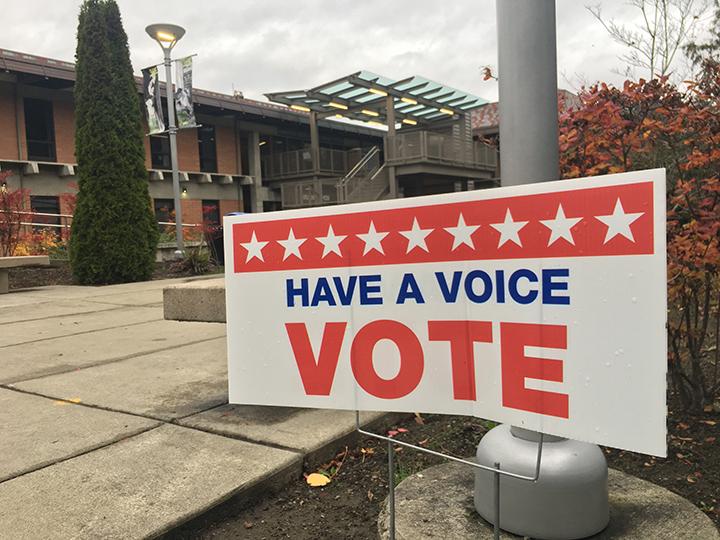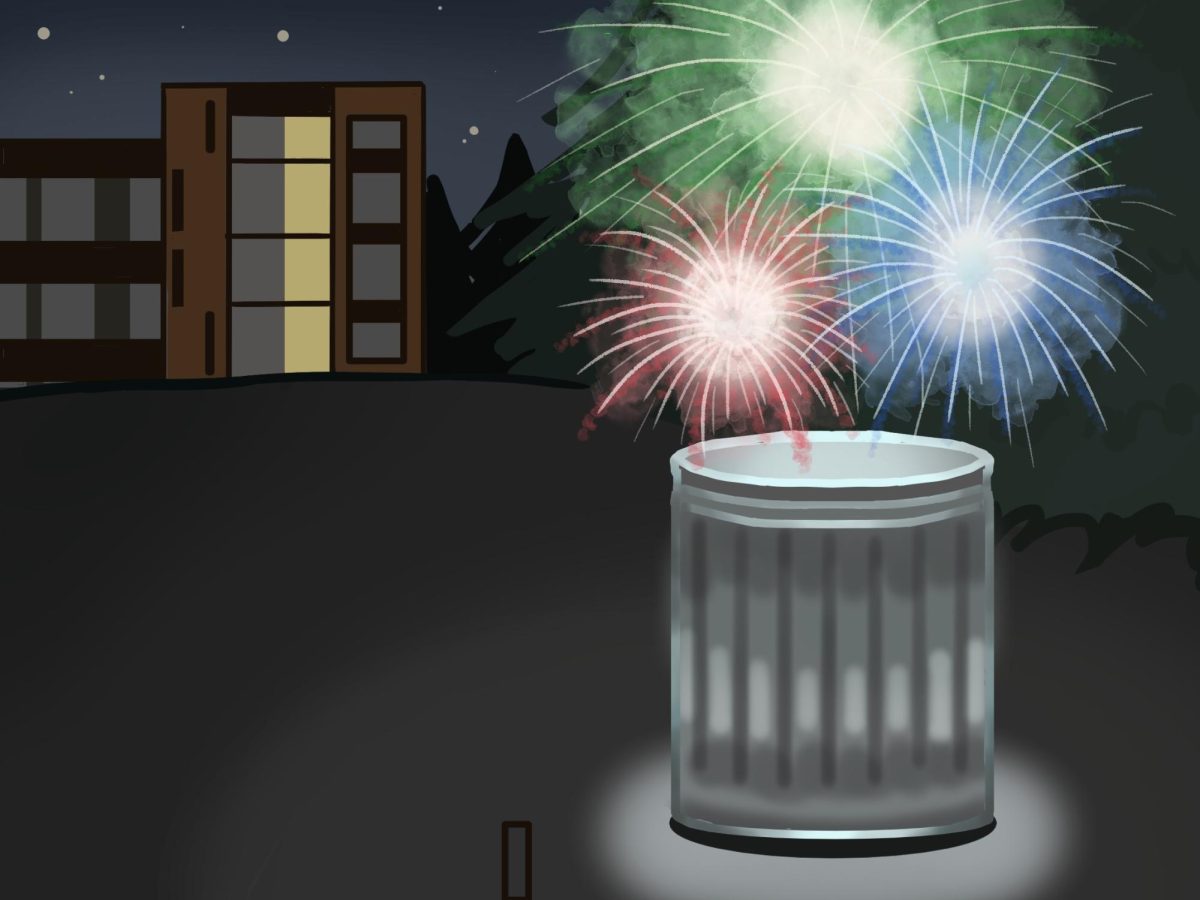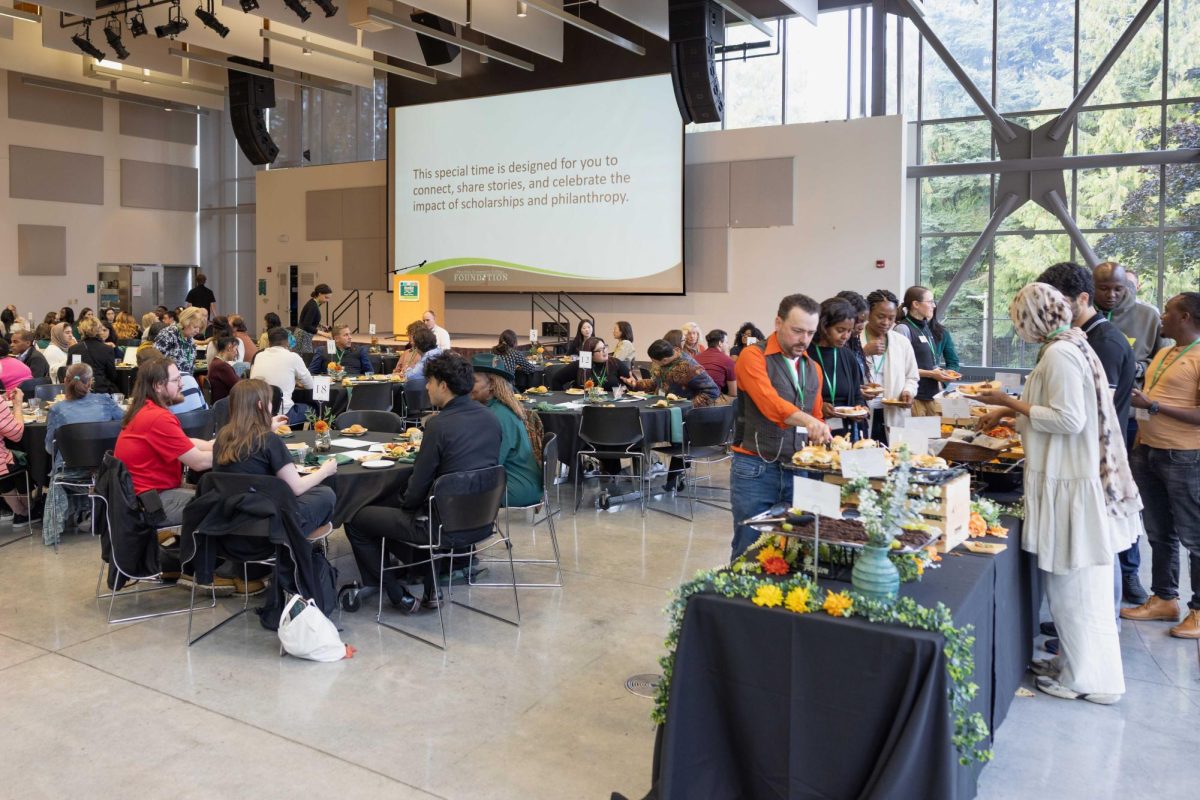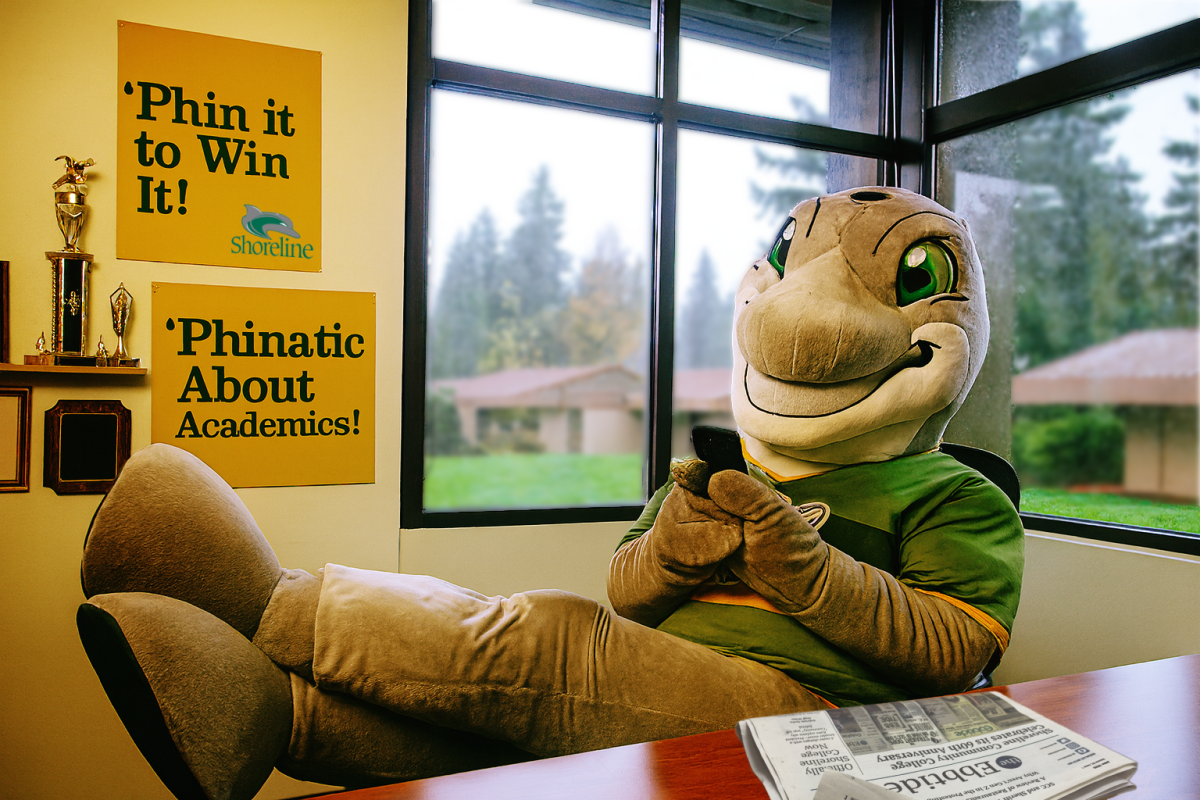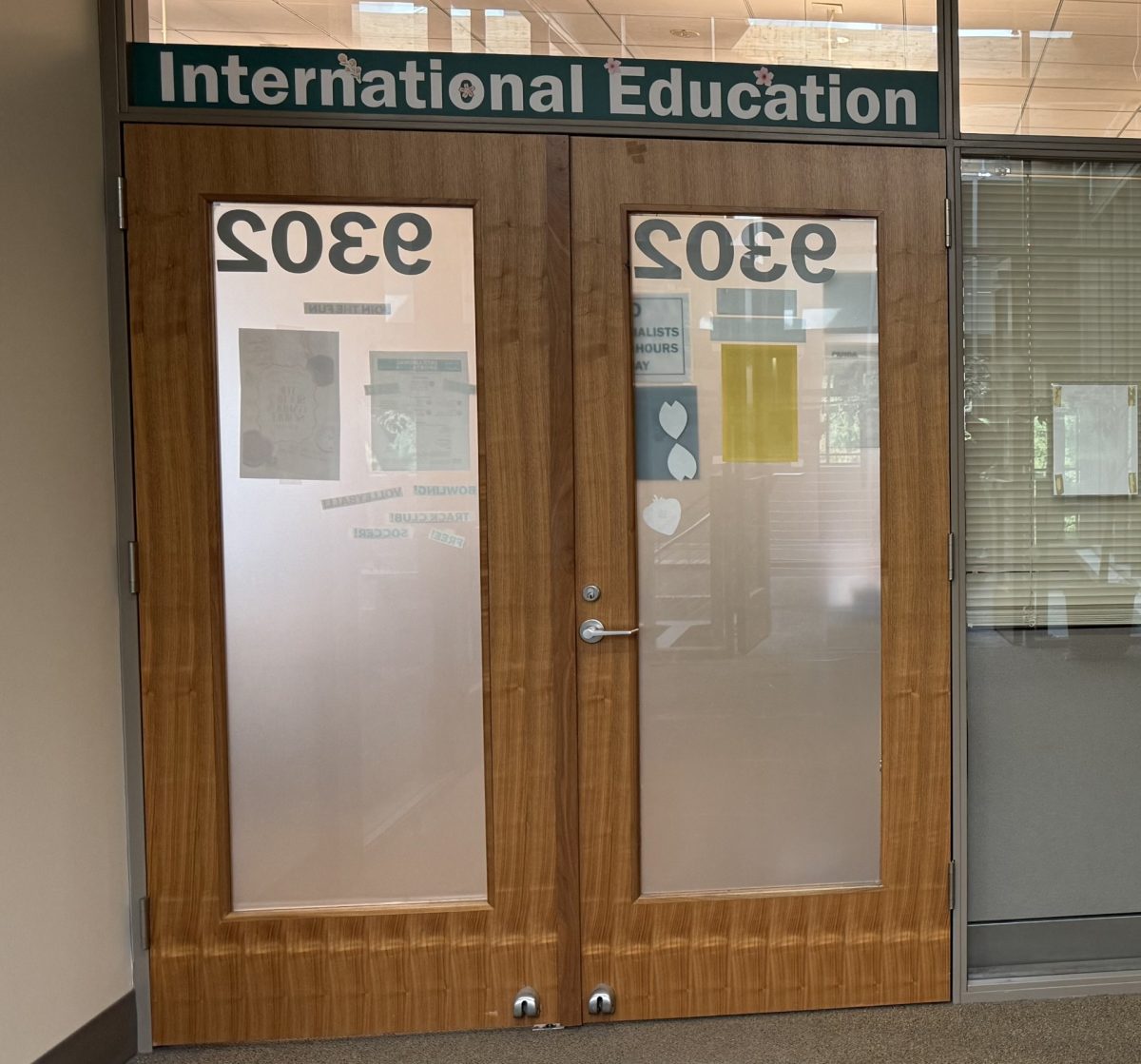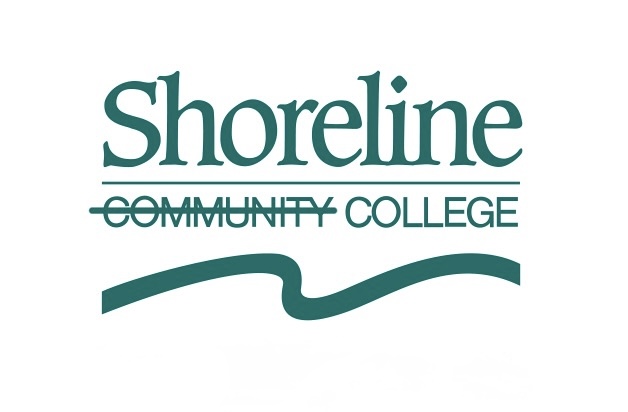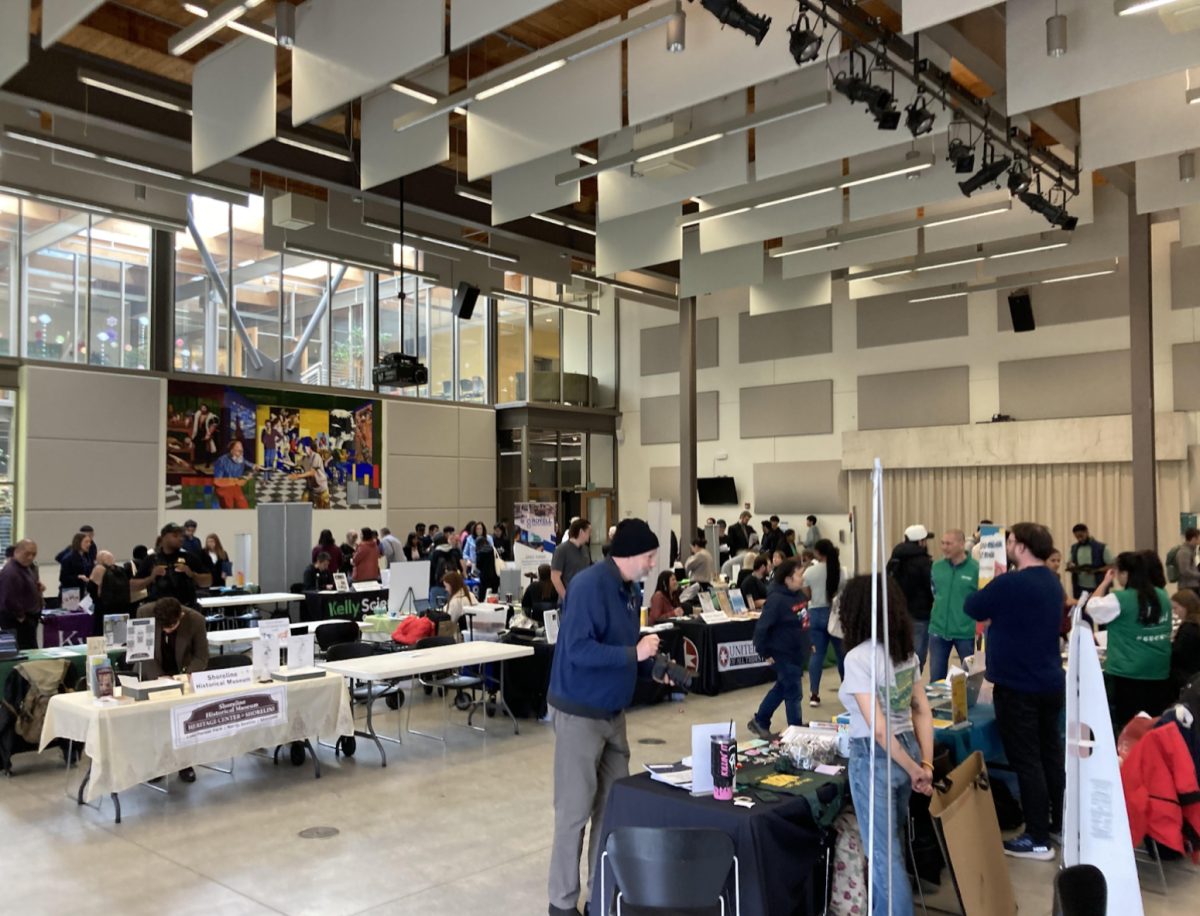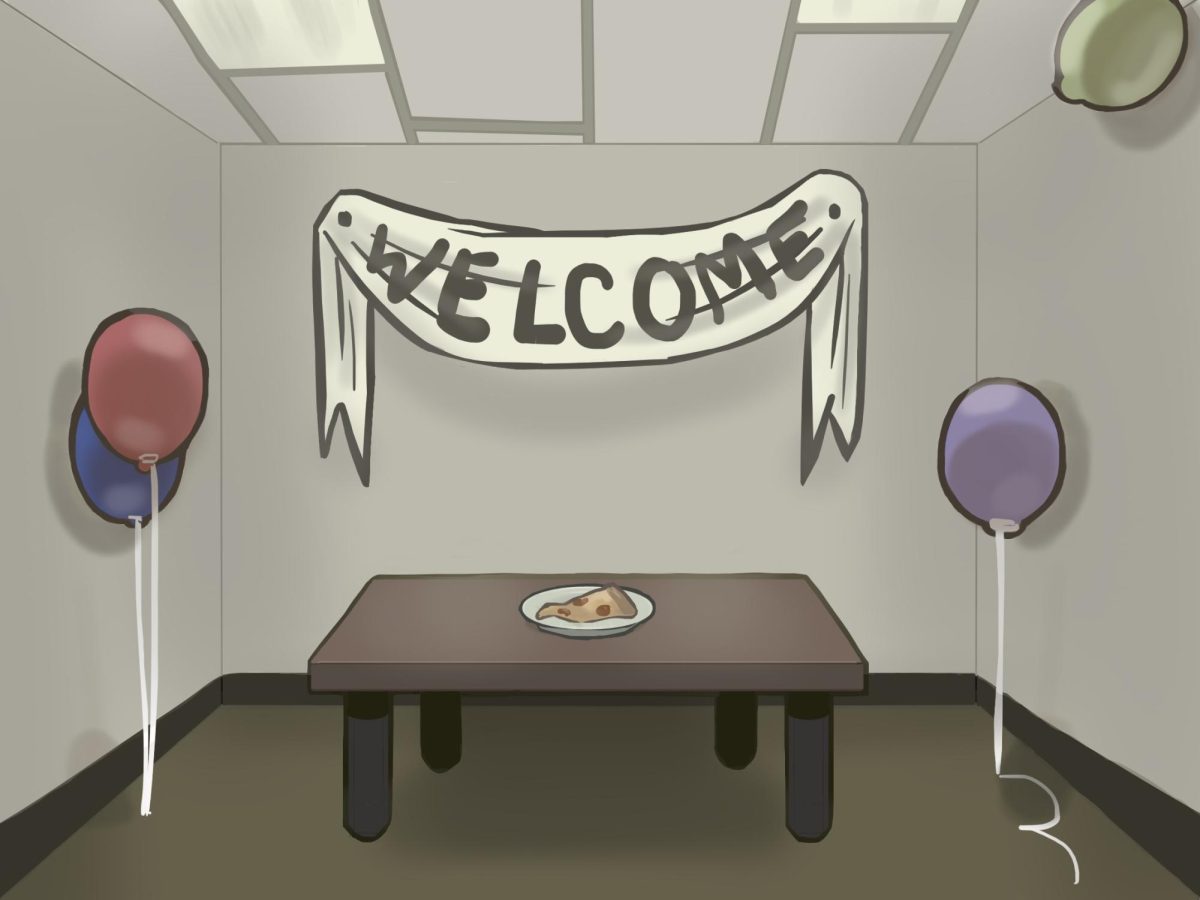YOU WILL DECIDE THE RESULTS OF THE MIDTERM ELECTIONS
Blue and red signs popping up on every corner makes voting season hard to miss.
America’s current political climate is divided by controversial discussions and issues, resulting in the problem that the U.S. democratic system faces each year: getting its citizenry to vote. In contrast to the nation-wide presidential election, statistics from the Pew Research Center has consistently shown lower voter turnout during midterm elections, especially between those in the Millennial and Gen Z demographic age group.
The Situation
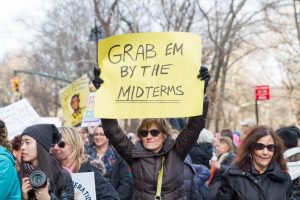
Federally, the U.S. is at its halfway point through the Trump administration; citizens have had some amount of time to observe the decisions and ideals of the current government. Recently, the media covered President Trump’s decisions to sign an executive order that aims to end birthright citizenships, which gives all children born in the country a right to citizenship, no matter their parentage.
As expected, this is a controversial decision as it defies the country’s Constitution under Section 1 of the 14th Amendment, which states, “All persons born or naturalized in the U.S. and subject to the jurisdiction thereof, are citizens of the United States and of the State wherein they reside.” The fact that the president himself has children who were granted birthright citizenships makes the issue all the more contentious.
Whether you agree or disagree, the one thing that could affect any change to the White House and hold the president’s choices accountable comes in the form of midterm elections.
This election holds the power to determine who represents the state of Washington in the House of Representatives and Senate. Together with the midterms, counties also hold local elections for legislative and judicial candidates specific to each voter’s district.
Compared to nationwide presidential elections, midterms and local elections are a larger hurdle to tackle for America’s democratic system.
The one thing that presidential elections have over smaller-scale elections is the fact that the whole nation is deciding between two options. This means that there’s lots of room for discussion.
The Conversation
The wide media coverage also makes information accessible without the need to put in as much effort. In fact, it’s almost impossible not to encounter news outlets all over the internet covering one of the two, if not both, presidential candidates during election cycles.
During midterms, the situation differs.
Because congressional seats are at play, the number of candidates is far more than when you vote for a president. Moreover, depending on where you live, your choices for candidates change.
This means that space for conversation becomes much more limited as everyone’s looking at different individuals on their ballots. Due to how specific the districts are, these distinctions make it less likely for the media to cover much about the candidates in detail, as it wouldn’t cater to everyone.
In local and state-level elections, the issues on the ballot directly affect everyone’s daily lives. Since the ballot addresses local issues, the changes made at this level are arguably more impactful and visible compared to the presidential election.
A Local Outlook
If this is the case, why don’t “young” people vote for issues and candidates that would directly benefit them?
One reason why SCC student Akihiko Blue is choosing not to vote is because he understands the impact of his decision.
He said that picking a candidate without knowing much about them may cause him to regret choosing one person over another.
Blue said he wouldn’t want to find out in the future that the person he chose goes against the things he personally stands for.
He struggles to find “sufficient information” on the candidates, beyond what is in the voting guide, especially in a midterm election like this one. “I feel as though the media doesn’t care (in contrast to presidential elections) since it won’t get them more views,” Blue said.
Luke Stout, another SCC student, is also sitting out this election because he has lost faith in politics and the pool of candidates, especially in the U.S.
Stout said that regardless of whoever sits in Congress or court, with the candidates no change would be “significant enough” as the political system has stayed in a “status quo” for the past several years.
“People think they have more power politically than they actually do,” Stout said. He also said he distrusts what candidates say and would like more unbiased coverage on politicians.
Rick Benner, a veteran and current SCC student, is voting in this election because he finds that it’s still a “fundamental part of living in a democracy.”
Benner said he doesn’t usually vote based on the parties. “I like to read at the very least, a short overview of the main principles a particular candidate stands for.”
From what these students think, there are repetitive mentions of something not being “enough,” whether it’s impact or information.
The Issue Moving Forward
The problem is that the issues students have is about intangible problems they can’t gauge. At the end of the day, it’s important to remember that there isn’t any concrete way to know what is the benchmark of being “sufficient.”
However, their concerns and skepticism on politics and the state of the nation aren’t to be dismissed either. These feelings seem to be prevalent with the younger demographic.
A recent survey by the Associated Press, in collaboration with MTV, shows that teenagers (15-17) and young adults (18-34) hold pessimistic perspectives about the political division looming over the country. The report concludes that “57 percent of teens and young adults believe that America will become more politically divided over the next five years.”
The deadline for submitting ballots is Nov. 6, which means that there is still a small amount of time to fill in your votes.
Washington state provides a pretty accessible voting system — in addition to drop-off ballot boxes and free mailing, voters also have the option to physically go to polling stations and vote there instead.
America’s democracy depends on its people, and at the end of the day, the choice is yours.
For those unfamiliar with the process, here’s how:
- Find out which area you are in. When an individual registers as a voter online, the address inputted will automatically determine which district one is in. Another tool that can help check which area you fall under comes in the form of a webpage: https://app.leg.wa.gov/districtfinder/.
- Once registered, the ballot will be sent to your mailbox on its specified date. Access to the voting guide is physically available through a printed pamphlet via mail or in public spaces (like local libraries). However, for those who would like a personalized guide based on their specific address, https://weiapplets.sos.wa.gov/MyVote/#/login provides that.
- Fill out the ballot with a blue or black pen, and cross out mistakes if you make any. Seal it in the envelope provided and send it away through your nearest post office or mailbox, no stamps are required. Place it in the mailbox and you’re good to go.
- If you would like to physically cast your ballot at a voting center, there are a total of five stations assigned to the Shoreline/Seattle area. Another option is to drop your ballot off at one of the many dropboxes scattered everywhere. The location details of each of these places are accessible through the MyVote website mentioned above.


